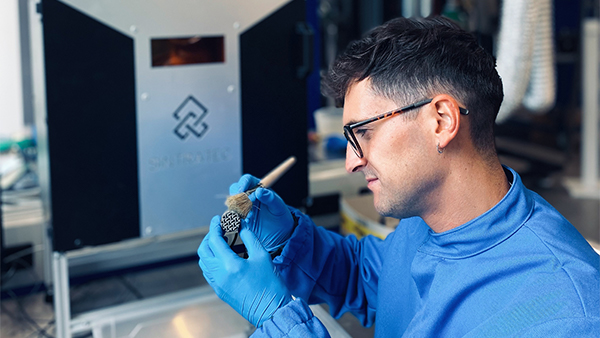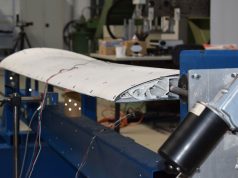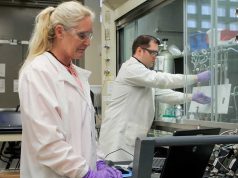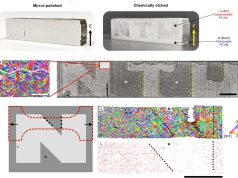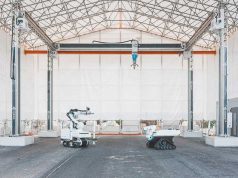Marco Pelanconi, a PhD student at the University of Padua, has completed a groundbreaking dissertation project at the Hybrid Materials Laboratory (HM Lab) of the University of Applied Sciences of Southern Switzerland (SUPSI). In his research, Pelanconi developed a novel additive process for the fabrication of complex ceramic structures using the Sintratec kit.
HM Lab, under the direction of Professor Alberto Ortona, has pioneered ceramic research over the past two decades. Pelanconi, one of Professor Ortona’s doctoral students, successfully defended his thesis, which focused on the potential of 3D printing for ceramic materials.
As part of his dissertation project, Pelanconi optimized a process for manufacturing complex ceramic structures through additive manufacturing. The approach is based on 3D printing polymer preforms with high microporosity using selective laser sintering (SLS). Subsequently, the preforms are infiltrated with preceramic polymers and converted into ceramics by pyrolysis at about 1000°C. A final densification is performed by infiltration with molten silicon to obtain high-density ceramic parts.
The Sintratec kit played a critical role in Pelanconi’s research because the 3D printer offers open parameters.
“The Kit allowed us to change a lot of printing parameters, including powder surface temperature, layer thickness, laser speed, hatching spacing, and more, making it easy to control the porosity of the 3D printed parts”, Pelanconi explains.
By varying these parameters, Pelanconi was able to achieve ideal porosity, which is critical for further infiltration.
In his research, Pelanconi focused on producing two cylindrical structures with different topologies: a rotated cube and a gyroid. The resulting ceramic parts exhibited excellent mechanical and thermal properties, as well as an impressive biaxial strength of 165 MPa.
Complex ceramic architectures offer unsurpassed thermomechanical properties that make them attractive for use in industries such as high-tech, heat exchangers, catalyst supports, thermal storage, burners and aerospace.
“These classes of materials offer unmatched thermo-mechanical properties that cannot be provided by steels, such as high temperature resistance, high oxidation resistance, high thermal shock resistance and high strength”, emphasizes Pelanconi.
Marco Pelanconi’s research at HM Lab demonstrates the potential of 3D printing and preceramic polymer infiltration for the fabrication of high-quality ceramic structures. This innovative approach opens up a wide range of applications and could contribute to the use of various ceramic materials in high-tech industries.
“SLS allows us to produce very complex parts with high resolution and lets us control the microporosity of the parts – this is not easily achievable with other AM technologies”, says Marco Pelanconi, Material engineer, University of Applied Sciences and Arts of Southern Switzerland.
Find out more about SUPSI at supsi.ch.
Subscribe to our Newsletter
3DPResso is a weekly newsletter that links to the most exciting global stories from the 3D printing and additive manufacturing industry.



